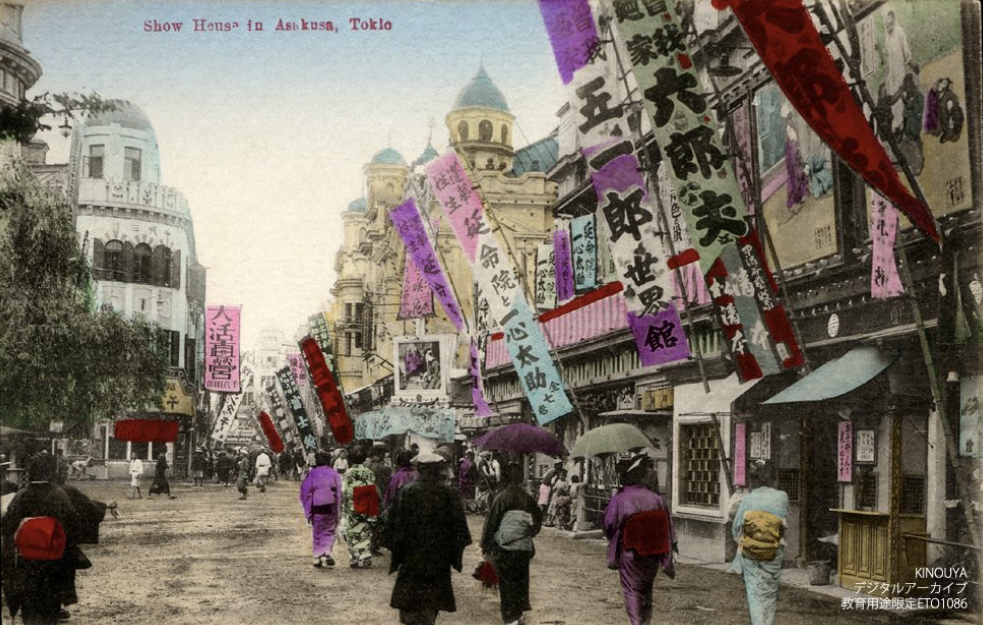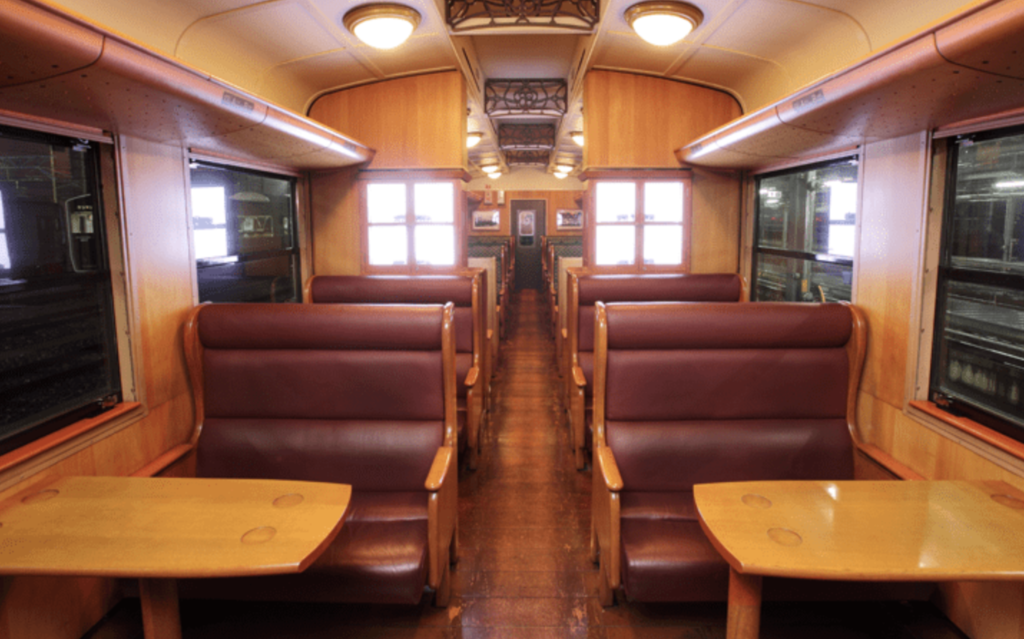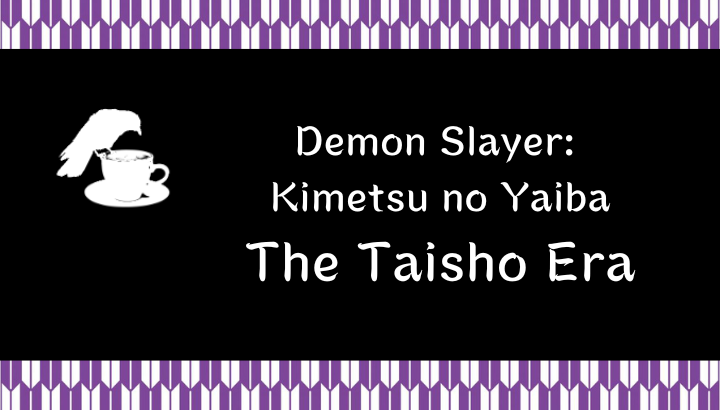Japan uses era names together with the Gregorian calendar. From 1868 one era name has been used by each emperor. The story of Demon Slayer: Kimetsu no Yaiba takes place in the Taisho period, the era of the Emperor Yoshihito starting from 1912. The time of the Taisho period is faithfully reproduced in Demon Slayer.
want to know about the Taisho era, which is the time described in Demon Slayer: Kimetsu no Yaiba.
The Taisho era (1912〜1926)

The Taisho era can be characterized by modernization in many aspects.
From 1639 to 1854 of the Edo era, Japan was ruled under the isolationist foreign policy called “Sakoku (鎖国)“, and trade with other countries was severely limited. There was trade relation with China and the only European influence permitted was the Dutch East India Company based in Deshima, Nagasaki.
The Perry Expedition to Tokugawa Shogunate led to the opening of Japan, after which Japan adopted Western ideas and rapidly industrialized.

Politics – Taisho Democracy
The Taisho era was a relatively short but turbulent period. The people’s dissatisfaction with democracy based on monarchical sovereignty led to a representative democracy in which the party with a majority in parliament organized the cabinet.
Society – Position of Women
There was also a gradual change to the traditional position of women and feminists became active aiming for the independence of women.

In Demon Slayer two women have the position of Hashira, the highest rank: The Insect Hashira Shinobu Kocho and the Love Hashira Mitsuri Kanroji. This seems to reflect the time.
Industrialization – Mugen Train

In the Meiji era the network of railroads was developed and steam locomotives started operating. Steam locomotive 8620 form, which was operating in the Taisho period, is said to be the model of the Mugen Train.
Steam locomotive 8620 form is still operating in Japan. SL Hitoyoshi is running between Tosu Station (Saga Prefercture) and Kumamoto Station (Kumamoto Prefecture).

Although the colors of the interiors are different, we still feel the atmosphere of the Mugen Train.
In 2022 SL Hitoyoshi has become 100 years old and it will retire around March 2024, according to the press release of JR Kyushu.

https://www.jrkyushu.co.jp/trains/index.html
Culture – Taisho Roman
The liberal trend had an influence in Japanese culture as well. Western arts, music, and theater became popular and especially in the cities imported goods were fond of. The atmosphere of liberalization and mixed culture is often called “Taisho Roman (大正浪漫)“.

In the scene in which Tanjiro visits Asakusa, the busy quarter of Tokyo, we see quite some people wearing western style clothing. This reflects the time of Taisho period well (Anime Demon Slayer Tanjiro Kamado Unwavering Resolve Arc, Episode 8).
Clothing
In the Taisho period, the majority of Japanese citizens were still wearing Kimono (着物), the Japanese style clothing. The uniforms of military and police were western style and some male workers wore western style suits. However, it was still controversial for women to wear western style clothes. Especially skirts which expose limbs were not smoothly accepted by conservative people.

The black uniforms of Demon Slayers Corp are western style combined with Japanese sandals “Zori“, and many swordsmen wear Japanese short coats “Haori“. Also here we can see mixed culture. Nice!
Food
Food culture was also changing in the course of westernization. The ban on meat diet was removed in the Meiji era and Japanese people started eating meat. Croquette “Korokke (コロッケ)“, pork cutlet “Tonkatsu (とんかつ)” and Curry and rice (カレーライス) are together considered as the three top Western dishes of the Taisho period. Bread was also becoming popular.

The lunch box Kyojuro Rengoku is eating in Mugen Train Arc is cooked beef on rice ”Gyunabe Bento”. This later developed into the famous “Sukiyaki”.
The bread which the girl of lunch box seller throws against Kyojuro Rengoku in Mugen Train Arc is bread with red bean jam in it called “Anpan”. This is also the combination of Western bread and Japanese red bean jam.


I hope that you have enjoyed learning the historical backdrop of Demon Slayer: Kimetsu no Yaiba. Demon Slayer is full of Taisho elements.
My grandma was born in the Taisho period and when I watch Demon Slayer, I feel like watching the story of the time when my grandma was small. That might be one of the reasons Demon Slayer is so popular among Japanese people in their 40’s and 50’s!





